Top Essential Oils for Pilar Cyst Relief
Are you dealing with pilar cysts and seeking natural relief? Imagine finding a natural remedy that not only alleviates the discomfort but also promotes overall skin health. Essential oils for pilar cysts, such as tea tree oil, frankincense oil, and lavender essential oil, have properties that can help manage the discomfort and symptoms of pilar cysts. In this article, you’ll learn about their benefits, how to use them, and additional methods to utilize these oils effectively.
Must-Know Insights for Pilar Cyst Relief
- Pilar cysts are benign growths from hair follicles that can cause discomfort and may lead to complications if not managed properly.
- Essential oils such as tea tree, frankincense, and lavender provide antimicrobial and anti-inflammatory benefits, aiding in the management of pilar cysts.
- Professional treatment, including surgical removal, may be necessary for cysts showing signs of infection or causing significant discomfort.
- For the best, pure essential oils and a top-notch nebulizing diffuser, check out Organic Aromas. Their products are ideal for aromatherapy and managing pilar cysts.
Understanding Pilar Cysts

Pilar cysts, also known as trichilemmal cysts, are benign growths that typically develop from hair follicles. These cysts are often referred to as sebaceous cysts, although they differ slightly in their origin and composition. Unlike sebaceous cysts, which originate from sebaceous glands, pilar cysts form from the outer root sheath of hair follicles and contain semi-liquid keratin, a protein found in hair and skin.
While these skin cysts are non-cancerous and generally harmless, they can cause discomfort and aesthetic concerns, especially when they become large or infected. Recognizing the nature of pilar cysts helps in their effective management and treatment.
Causes and Symptoms
Pilar cysts usually form due to the accumulation of waste substances that block hair follicles. Common causes include ingrown hairs and the blockage of sebaceous glands, which can lead to the development of these cysts. The major symptoms of pilar cysts include noticeable swelling, redness, and potential tenderness around the affected area. In some cases, the cysts may become infected, turning greyish-black and emitting an unpleasant odor.
Most pilar cysts do not show visible signs of infection, but tenderness can still be a symptom. These cysts typically contain dead skin cells and other dirty substances, which contribute to their formation and growth.
Risks and Complications
Although pilar cysts are generally harmless, they can lead to complications if not managed properly. One of the primary risks is infection, which can cause severe discomfort and necessitate medical treatment. If a cyst ruptures, it can become irritated and infected, leading to further complications. In some cases, surgical removal may be required if the cyst becomes cancerous, infected, or causes significant pain or discomfort.
Ignoring pilar cysts can lead to persistent discomfort and potential infections, emphasizing the need to monitor their condition and seek treatment when necessary. Recognizing the risks and complications associated with these cysts aids in effective management and prevention.
Essential Oils for Pilar Cyst Management
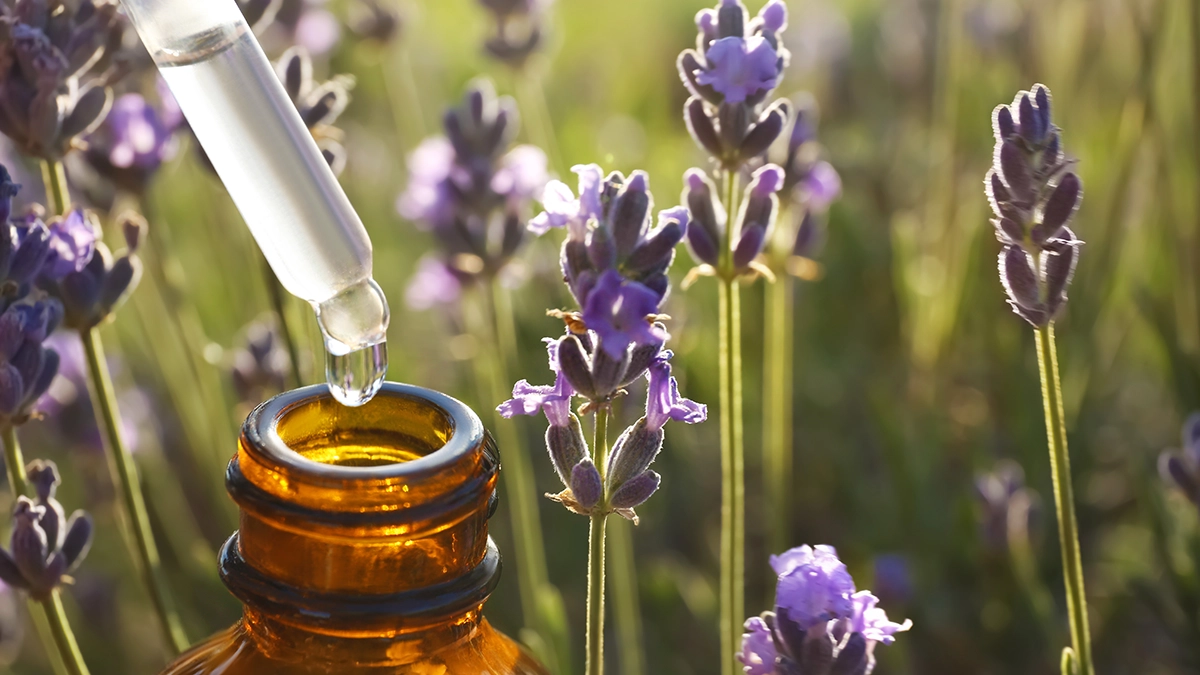
Essential oils are popular as a natural remedy for various skin conditions, including pilar cysts. These oils are known for their skin-care benefits and can help alleviate the discomfort associated with cysts. Essential oils, such as tea tree oil, frankincense oil, and lavender essential oil, offer antimicrobial and calming effects that can reduce symptoms and promote healing.
Essential oils may not completely remove pilar cysts, but they can provide significant relief and improve skin condition. In the following sections, we will explore the specific benefits and applications of these essential oils.
Tea Tree Oil
Tea tree oil, derived from the leaves of Melaleuca alternifolia, is renowned for its antibacterial and anti-inflammatory properties. This essential oil can help treat infections related to pilar cysts by preventing infections and reducing irritation. Regular use of tea tree oil may even lead to cyst shrinkage within a few weeks.
For effective use, dilute tea tree essential oil with a carrier oil like coconut or castor oil to prevent skin irritation. Mixing tea tree oil with hot water in the proper dilution ratio can enhance its application and effectiveness.
Despite its benefits, tea tree oil should be part of a comprehensive treatment plan and not a standalone cure for pilar cysts.
Frankincense Oil
Frankincense oil is another powerful essential oil known for its healing and anti-inflammatory properties. Dilute one drop of frankincense oil in a carrier oil and apply it once daily for optimal results.
This oil can help reduce inflammation and promote the healing of pilar cysts, making it a valuable addition to your natural remedy toolkit.
Lavender Essential Oil
Lavender essential oil is well-known for its soothing and antiseptic properties, which make it an excellent choice for treating pilar cysts. Its strong antiseptic qualities can help prevent infection, while its anti-inflammatory benefits alleviate swelling and discomfort.
The combination of these properties makes lavender essential oil a suitable option for soothing and treating pilar cysts effectively.
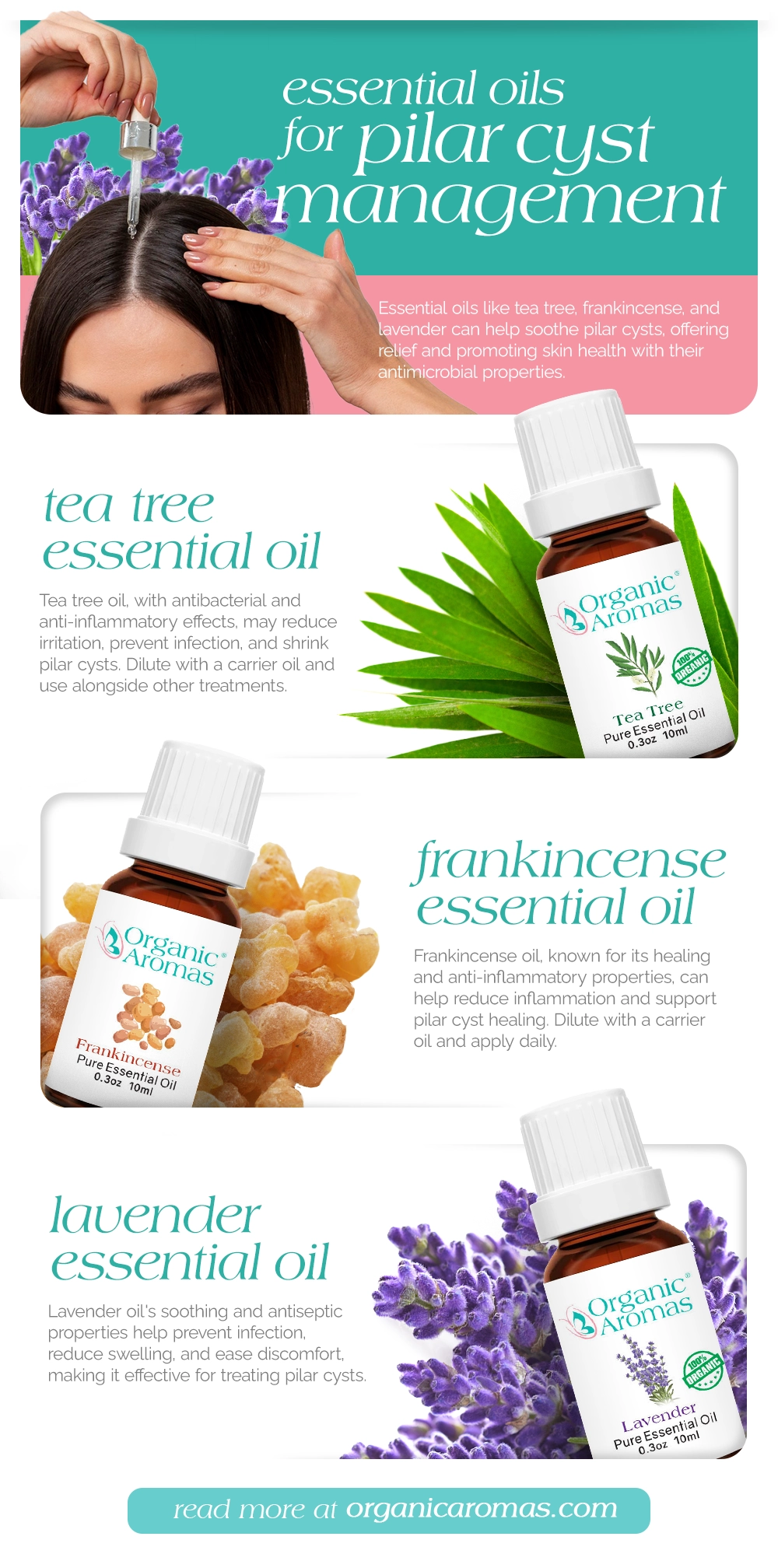
Application Methods for Essential Oils
Correct application of essential oils is crucial for managing pilar cysts effectively. There are several methods to consider, each with its own benefits and precautions. Proper application maximizes benefits and minimizes potential risks.
One of the most recommended methods for alleviating cyst symptoms is heat application. In the following subsections, we will explore various application methods, including dilution with carrier oils, direct application, and the use of warm compresses.
Dilution and Carrier Oils
Diluting essential oils prevents potential skin irritation, especially for sensitive skin. Carrier oils act as a medium to safely dilute essential oils, enhancing their application and effectiveness. Coconut oil and castor oil are two commonly used carrier oils that offer additional benefits for treating pilar cysts. Castor oil, in particular, has antimicrobial properties that can further aid in managing cysts.
Mix one drop of essential oil with a sufficient amount of carrier oil for safe topical use. This not only prevents irritation but also allows the essential oil to be absorbed more effectively into the skin.
Direct Application
Applying diluted essential oils directly can effectively reduce the size and discomfort of pilar cysts. Frankincense oil, for instance, is known for its healing properties and can be applied directly to the cysts to promote healing and lessen inflammation.
Make sure the essential oil is properly diluted to avoid skin irritation.
Warm Compress
A warm compress is a tried and tested home remedy for managing cyst discomfort. A warm compress can help thin the fluids in cysts, making it easier for them to drain. This method provides comfort and can speed up the healing process, although results are not guaranteed.
To use a warm compress, soak a clean cloth in warm water and apply it to the affected area for several minutes. Repeat this process a few times a day.
While a warm compress can provide relief, monitor the cyst and seek medical attention if there are signs of infection or no improvement.
Complementary Home Remedies
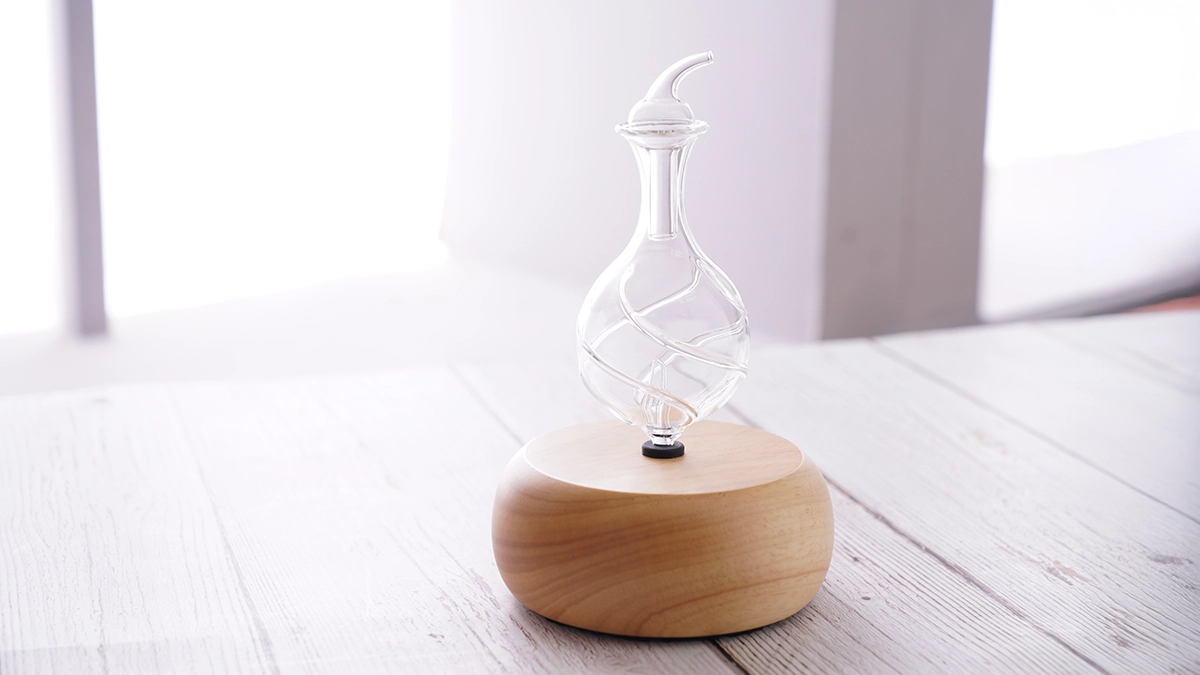
In addition to essential oils, there are several complementary home remedies that can help manage pilar cysts. These remedies can be used alongside essential oils to enhance their effectiveness and provide additional relief. While pilar cysts are generally harmless, these natural treatments can alleviate discomfort and promote healing.
From hot water compresses to soothing aloe vera, these remedies offer various benefits for managing cysts. We will explore some of the most effective home remedies for pilar cysts.
Nebulizing diffuser for holistic wellness
Adding essential oils to your daily routine can bolster your overall health and well-being. A nebulizing diffuser, like the one by Organic Aromas, lets you inhale pure, rich essential oil aromas for maximum therapeutic benefits. This method not only helps manage pilar cysts but also enhances your overall sense of wellness.
Organic Aromas’ latest nebulizing diffuser with Bluetooth technology enables you to control and deploy it using your smartphone, offering convenience and flexibility in how you use essential oils. This innovative approach ensures you can enjoy the benefits of essential oils whenever and wherever you need them.
Apple Cider Vinegar
Apple cider vinegar is known for its antimicrobial properties, making it useful for certain bacterial cysts. While its effectiveness for cysts is limited and not backed by studies, using apple cider vinegar carries minimal health risks.
Apple cider vinegar can help manage bacterial infections in pilar cysts but should be used cautiously and as part of a broader treatment plan.
Aloe Vera
Aloe vera is widely recognized for its beneficial abilities in managing skin conditions, including pilar cysts. This natural remedy possesses antimicrobial and anti-inflammatory properties that can reduce irritation and promote healing. Choose aloe vera products from reputable companies to ensure purity and effectiveness.
Apply aloe vera gel directly to the affected area and let it absorb into the skin. Regular application can soothe the skin and reduce the size and discomfort of the cyst.
Turmeric
Turmeric’s anti-inflammatory properties may potentially reduce swelling associated with pilar cysts. However, its effectiveness is not guaranteed, and it is important to perform a patch test on another skin area before applying turmeric to pilar cysts.
This precaution helps ensure that you do not have an adverse reaction to the treatment.
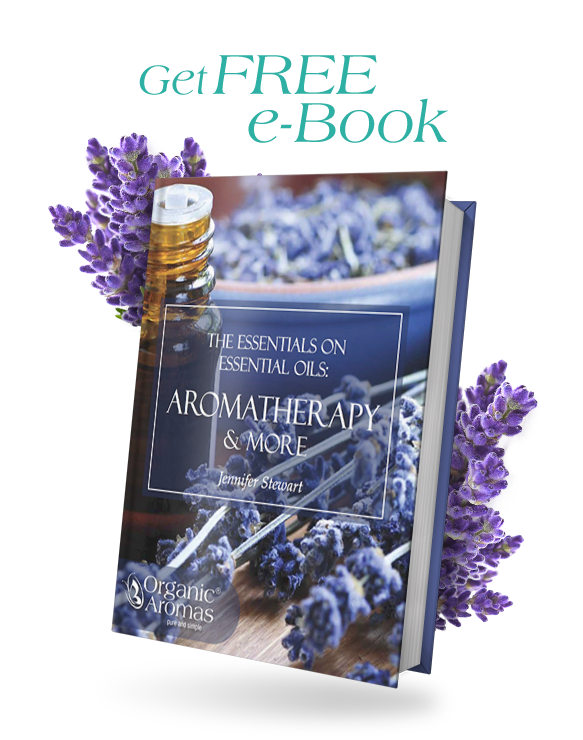
Sign Up to Get Your FREE
e-Book Here…
When to Seek Professional Treatment
While home remedies and essential oils can be effective in managing pilar cysts, there are times when professional treatment is necessary. Seek medical attention if cysts show signs of infection or cause significant discomfort. Persistent or symptomatic cysts may require intervention from a healthcare professional to prevent complications.
Consulting a dermatologist can provide you with a comprehensive treatment plan, which may include antibiotics or surgical removal for persistent pilar cysts. This professional guidance ensures that you receive the most effective and safe treatment for your condition.
Signs of Infection
Recognizing signs of infection ensures timely medical intervention. Increased tenderness, persistent swelling, or redness around a cyst can indicate the need for medical evaluation. Symptoms like unusual redness, yellowish discharge, and pain may signal a problematic sebaceous cyst that needs attention.
Ignoring these symptoms can lead to severe bacterial infections and other complications. If you notice any of these signs, it is important to seek medical attention promptly to prevent further issues.
Surgical Removal
Surgical intervention is often necessary for cysts that appear cancerous or cause significant discomfort. Cysts that frequently refill after drainage may also warrant surgical excision to prevent recurrence. This procedure involves removing the cyst and its wall, typically under local anesthesia, to minimize infection risk and ensure effective treatment.
Professional cyst removal ensures accurate diagnosis, complete removal, and minimized scarring. This method surpasses home remedies in safety, effectiveness, and long-term health outcomes.
If you have a persistent or problematic cyst, consider consulting a healthcare professional for surgical removal.

Join Now and Get a Coupon for 10% Off!
Summary
Managing pilar cysts can be challenging, but with the right knowledge and tools, it is entirely possible to alleviate discomfort and promote healing. Essential oils, such as tea tree oil, frankincense oil, and lavender essential oil, offer natural, effective ways to manage the symptoms of pilar cysts. By understanding how to properly apply these oils and incorporating complementary home remedies, you can significantly improve your skin health and reduce the impact of cysts.
In addition to home remedies, it is important to recognize when professional medical treatment is necessary. Persistent or symptomatic cysts, especially those showing signs of infection, should be evaluated by a healthcare professional to prevent complications. With a combination of natural remedies and professional care, you can effectively manage pilar cysts and maintain healthy skin.

Join Our Exclusive Member Club to get Big Discounts!
Frequently Asked Questions
Can essential oils completely remove pilar cysts?
Essential oils may assist in managing symptoms and discomfort associated with pilar cysts, but they cannot completely eliminate them. For full removal, medical intervention is recommended.
How often should I apply tea tree oil to a pilar cyst?
It is advisable to apply diluted tea tree oil once daily to a pilar cyst, ensuring proper dilution to prevent skin irritation.
When should I seek professional treatment for a pilar cyst?
You should seek professional treatment for a pilar cyst if it exhibits signs of infection, causes considerable discomfort, or does not improve with home remedies. Timely intervention can prevent complications and alleviate discomfort.
What are the risks of untreated pilar cysts?
Untreated pilar cysts carry risks such as infections, inflammation, and the possibility of rupture, which may necessitate medical intervention. It is advisable to seek evaluation and treatment to mitigate these risks.
Is surgical removal of pilar cysts safe?
Surgical removal of pilar cysts is safe and effective when carried out by a qualified healthcare professional, as it minimizes the risk of recurrence and scarring. Therefore, you can trust this method for effective treatment.






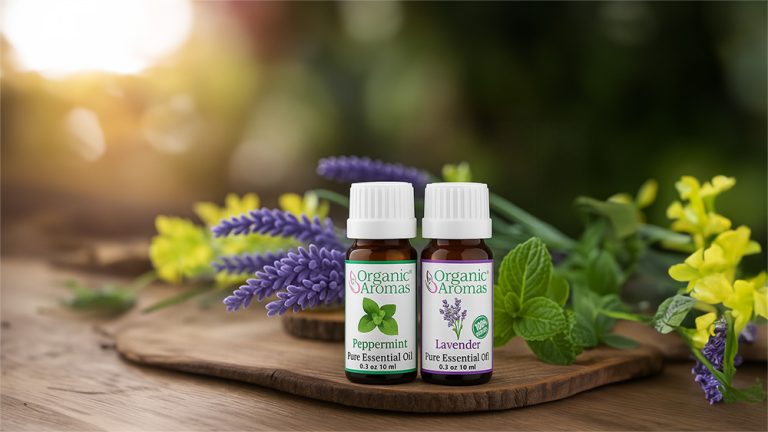

Very interesting article